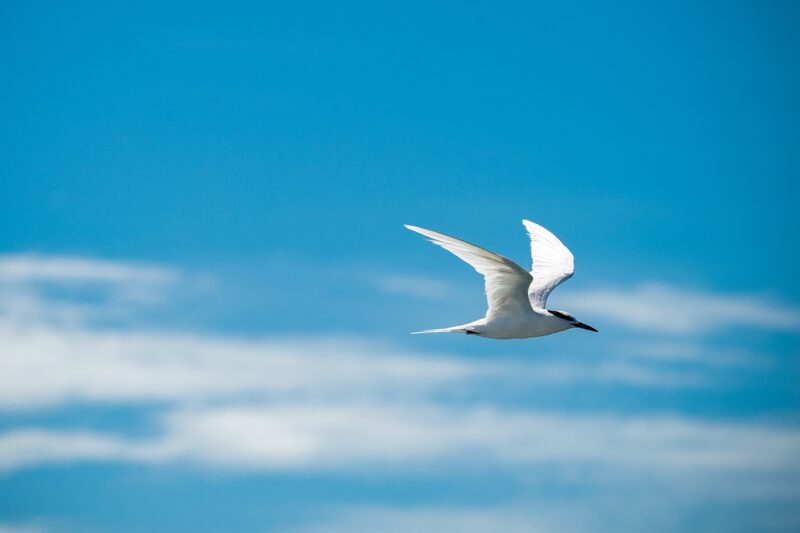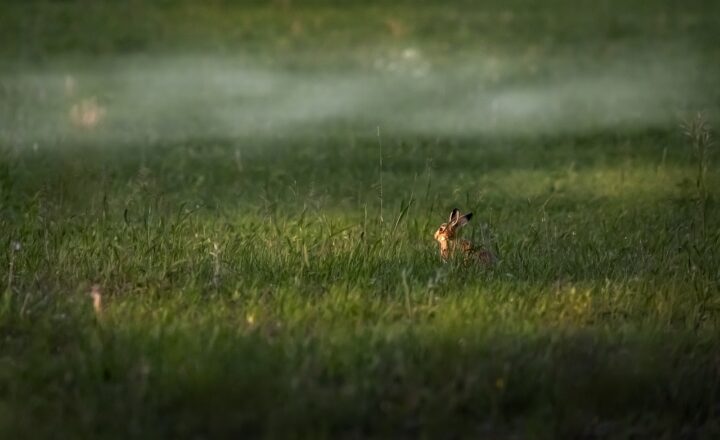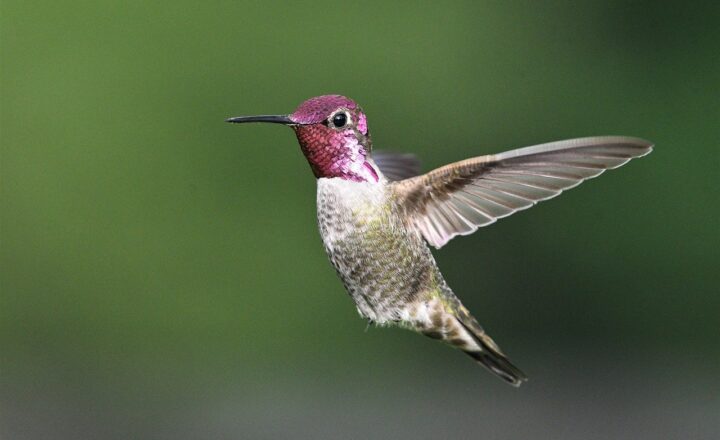Why Birds Sometimes Fall from the Sky: Theories Behind This Mysterious Event
November 15, 2024

The phenomenon of birds falling from the sky has bewildered researchers and the public alike throughout history. From the biblical plagues in ancient times to modern-day events that have left avian bodies scattered over streets and fields, the reasons behind this occurrence are as varied as the types of birds themselves. This article delves into the most accepted theories that attempt to explain why birds may fall from the sky, exploring factors ranging from natural causes to human impact.
1. Natural Causes: Weather and Environmental Factors
One of the most straightforward explanations for birds falling from the sky involves severe weather conditions. Birds are highly sensitive to changes in atmospheric pressure and adverse weather systems, which can disorient them during migration or daily foraging activities.
– **Thunderstorms:** Heavy rain, lightning, and high winds can not only disrupt flight patterns but can also lead to exhaustion. Birds caught in the storm may crash into buildings or power lines, or simply overwhelm their physical capabilities.
– **Foul Weather:** Cold temperatures can be particularly deadly, especially for migratory species that have not yet acclimatized. Sudden drops in temperature can lead to hypothermia, causing birds to flee their natural habitats in a desperate attempt to find warmth.
– **Environmental Allergens:** Pollutants in the atmosphere can also affect birds. Sudden spikes in toxins can lead to convulsions or disorientation, resulting in a fatal fall.
Each of these atmospheric influences serves as a reminder of how susceptible birds are to the very elements that allow them to fly freely in nature.
2. Predator Pursuit and Bird Behavior
Birds, like any other animal, are deeply embedded in their ecological niche and are subject to household predation.
– **Predator Avoidance:** In the case of attacks by larger birds or other predators, smaller bird species may momentarily panic, leading to erratic flight patterns. During such a rapid escape, birds may crash into buildings or other obstacles, leading to injuries or death.
– **Flocking Behavior:** Birds often fly in groups, a behavior that usually ensures safety through numbers. However, when startled, flocks can panic, leading to mass collisions if they all turn in the same direction simultaneously.
– **Communication Signals:** In a distress situation, some birds emit alarm calls. These distress calls can trigger flock dispersal or panic. In such cases, footholds, perches, and even flight can become chaotic, resulting in accidental falls.
The intricate social behaviors found within avian populations highlight how even instinctive reactions can lead to tragedy in particular situations.
3. Toxicity: Poisons and Chemical Exposure
Perhaps one of the more alarming causes of birds falling from the sky relates to human activity. Toxic exposure has been linked to numerous incidents where birds mysteriously die or fall.
– **Pesticide Poisoning:** Chemicals used in agriculture pose a significant threat to avian life. Birds ingesting poisoned insects or seeds may suffer from acute toxicity, resulting in seizures or disorientation that can lead to fatal falls.
– **Heavy Metals and Pollution:** Urban pollution, particularly areas near industrial sites, can accumulate heavy metals that are lethal to birds. Lead, mercury, and other heavy metals can disrupt neural function and coordination, eventually leading to death.
– **Contaminated Water Sources:** Birds drinking from contaminated water sources may experience health complications, including neurological dysfunction, which can cause them to fall.
Observing changes in bird populations can help identify patterns of toxicity, leading to improvements in environmental safety and wildlife conservation efforts.
4. Unexplained Biological Events: Disease and Illness
Just as with other species, birds can be affected by diseases that may cause mass die-offs. Avian illness can sometimes present itself with dramatic consequences.
– **Infectious Diseases:** Diseases such as West Nile Virus and Avian Influenza have been known to cause significant mortality in bird populations. Infected birds may exhibit a range of symptoms, including convulsions and paralysis, ultimately leading to their fall.
– **Pathogen-Induced Deaths:** Conditions such as avian cholera can lead to sudden deaths in large populations. When mass die-offs occur, the cause may take time to identify but often leads to visible bodies falling from the sky.
Monitoring bird health and conducting research into avian illnesses allows for greater understanding and the development of mitigation strategies to counteract these events.
5. Human-Induced Factors: Infrastructure and Urban Design
The modern landscape has introduced a range of complications for migratory and urban birds alike, particularly related to constructed environments.
– **Glass Structures:** Tall buildings with expansive glass windows can pose a deadly risk to birds. Reflective surfaces can confuse them and lead to fatal collisions.
– **Power Lines:** Power lines and wind turbines are also notorious for causing bird fatalities. Birds often fail to see these structures and may crash into them at high speeds.
– **Urban Sprawl:** As human populations expand, natural habitats are reduced. Birds that are out of their nesting grounds may become displaced and disoriented, leading to fatal falls as they search for suitable habitats.
Increasing awareness about reducing avian mortalities through better urban design and construction practices is vital to ensuring avian conservation as cities have grown.
Conclusion: Understanding Avian Argumentation for Future Preservation
The mystery of why birds sometimes fall from the sky is a result of numerous interdependent factors. From environmental phenomena to the impacts of human activity, understanding these elements can help researchers, conservationists, and the public alike better protect avian populations and their habitats.
— As birdwatchers, naturalists, and wildlife enthusiasts at large, it is our responsibility to advocate for better construction methods, engage in eco-friendly practices, and advocate against the indiscriminate use of chemicals. Awareness can create significant changes in preserving these enchanting creatures for generations to come.
A deeper understanding of the avian world enriches not only our appreciation of nature but also instills a sense of responsibility to safeguard it against our actions.







